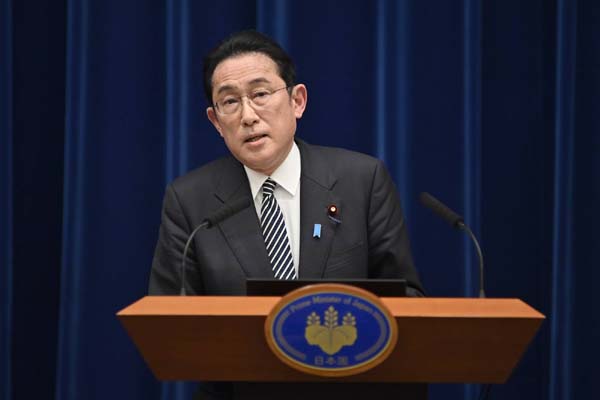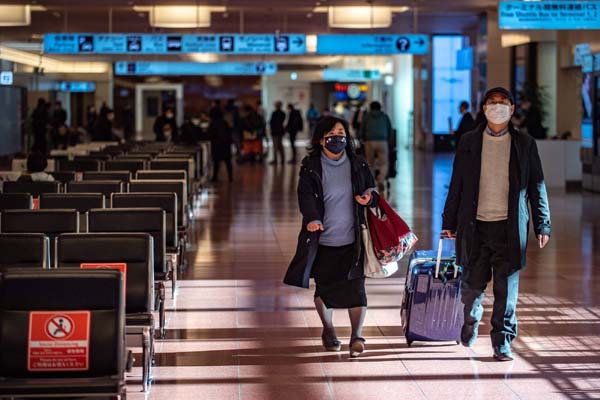
What you need to know about Japan’s upcoming eased border restrictions
Kanako Takahara
Tokyo: Japan is set to ease border restrictions from March, allowing foreign nationals who are not tourists, including students and business travelers, to finally come to the nation.
Another significant change for travelers, including Japanese and foreign residents, is the shortening of the quarantine period for people who are entering the country — from the current seven days to three days.
But navigating the government’s documents and websites to find out exactly who can enter and under what conditions can be tricky.
Foreign nationals able to enter include students, researchers, technical interns, businesspeople who are posted to Japan and people on business trips. There are about 147,000 students with visas waiting to enter Japan, according to the Immigration Services Agency.
For students and researchers, universities act as sponsors, while for businesspeople it is the companies. Since nonresident foreign nationals coming to Japan might not have a local network or knowledge of the country, and possibly don’t speak Japanese, the government wants to make sure that sponsors will be able to assist them through quarantine procedures and be able to help them seek medical attention if they develop COVID-19.

At present, Japan only accepts a very small number of new entries by foreign nationals, such as students with a state-sponsored scholarship and other exceptional cases such as the spouse or child of a resident.
They will need to submit an application form online. But this time sponsors will not be required to submit activity plans outlining where the traveler will stay and go for the first two weeks in Japan, as they had to in November.
The government will set up a call center to answer questions on the application procedure.
Starting March 1, the number of people allowed to enter Japan will be raised to 5,000 per day from the current 3,500. Some people misunderstand this as the number of new entries allowed per day, but that is not the case.
The figure refers to the number of people entering Japan on a daily basis — Japanese nationals and foreign residents re-entering the country are included in the quota, as well as the new entries who will be allowed in from March.
Basically, anyone entering Japan will benefit from the shortened quarantine period.
At present, anyone coming to Japan needs to quarantine for seven days at home or a facility of their choosing. Those arriving from hot spots where the omicron variant is rampant need to quarantine at a government-designated facility for either six or three days depending on how serious the infections are in that country.
But starting March 1, the quarantine period will be shortened to three days at home or a place of the traveler’s choosing if they test negative on the third day.
The quarantine period can be eliminated only if you’ve received a booster shot and arrive from a country where omicron is not rampant.
If you’ve received a booster but arrive from an omicron hot spot, you will not be given special treatment over travelers without boosters. In other words, as with those who are unvaccinated or have only received two shots, you can quarantine at home or a place of your choosing for three days, provided that you test negative on the third day.
The government will announce just before or on March 1 an updated version of which countries will be designated as omicron hot spots under the new restrictions.
At present, most countries, including all Group of Seven nations, are in this category, while Asian countries such as China, Malaysia and Vietnam are not considered to be hot spots. However, this may change by March depending on the situation in those countries.
At present, you are not allowed to use public transportation to head home or to the place where you intend to stay, limiting options to things like renting a car, asking family or friends to pick you up or using a so-called hired taxi — an expensive taxi that you must make a reservation for.
Starting March 1, you will be allowed to use public transportation to go to your place of quarantine.
A negative COVID-19 test result from within 72 hours prior to departure to Japan will still be needed. You will also be tested when you arrive at the airport.
